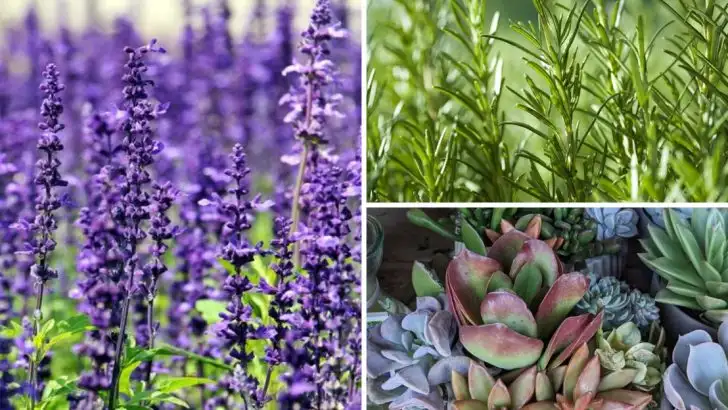It’s easy to assume that more water means happier plants—especially when a sprinkler system is doing the heavy lifting. But not all plants are built for the same kind of watering, and some of the most popular ones actually struggle under regular spray. Too much moisture on the leaves, soggy roots, or even just getting watered at the wrong time of day can slowly wear them down.
If you’ve got plants that look tired, moldy, or like they’re just barely hanging on despite being well-watered, your sprinkler system might be part of the problem. Some plants need a gentler touch, different timing, or more control than a set-it-and-forget-it system can offer. Here are 18 favorites that don’t play well with sprinklers—and what you can do instead.
Lavender
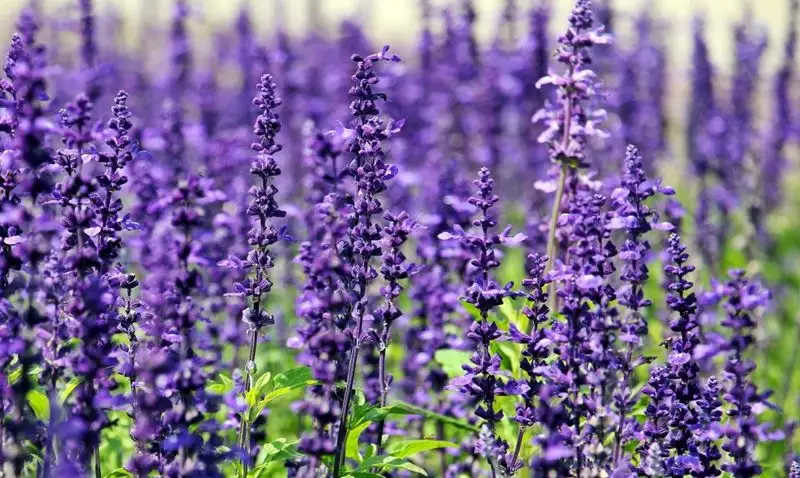
Lavender, with its serene purple blossoms, invokes a sense of calm and tranquility. Yet, this aromatic herb is surprisingly intolerant of excess moisture. Sprinkler systems can drown its roots, leading to decay and wilting. Lavender thrives in well-drained soil, basking under the full sun, relishing dryness. Over-irrigation is its silent adversary.
Can a plant so associated with relaxation be stressed by too much care? Indeed, lavender prefers to be left alone rather than pampered with constant water. Understanding this balance can maintain its beauty and fragrance for years.
Historically, lavender symbolizes love and devotion, making it a garden’s cherished companion.
Rosemary

A culinary delight, rosemary’s needle-like leaves carry a piney aroma cherished by chefs and gardeners alike. However, this Mediterranean native abhors soggy conditions. Sprinkler systems, with their regular drenchings, can lead to root rot. The plant’s preference for arid environments means it thrives best when left a bit parched.
Does rosemary’s resilience in the kitchen translate to garden hardiness? Only if its watering needs are respected. Misguided affection in the form of excessive watering can turn rosemary’s robust presence into a feeble shadow.
Curiously, rosemary was once a symbol of remembrance, a fitting irony if it fades away from too much love.
Succulents
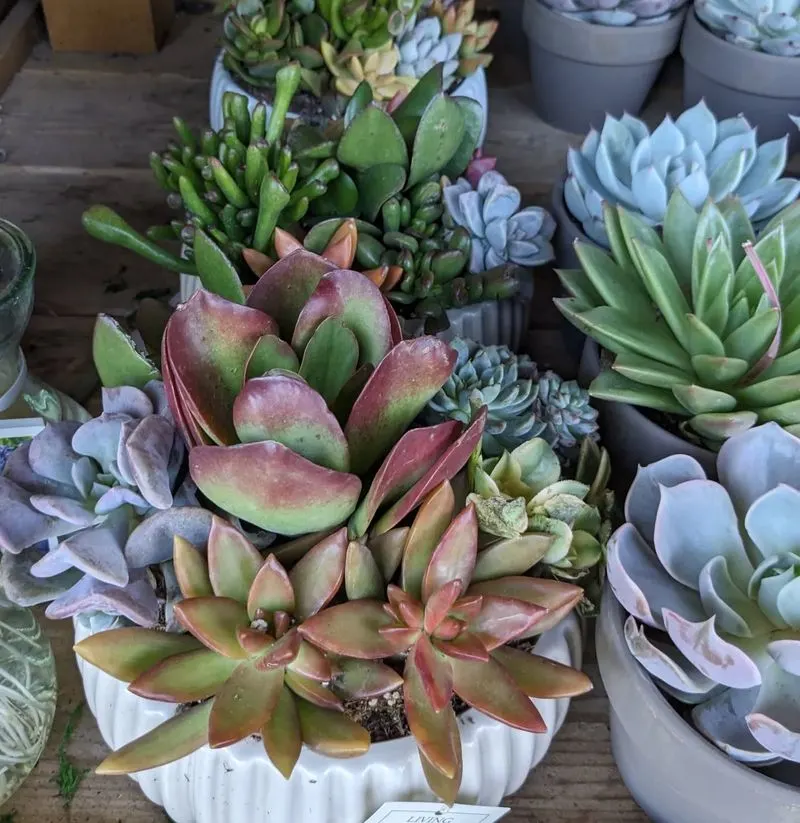
Succulents, the darlings of modern decor, captivate with their geometric shapes and fleshy leaves. These desert natives flourish with minimal water. Over-attention from sprinklers can suffocate them, turning their firm leaves to mush.
Can simplicity be their secret? Succulents thrive on neglect, needing just occasional sips of water. Their beauty lies in their adaptability, yet this trait is their downfall when overindulged.
Interestingly, succulents have evolved to store water, a testament to their survival skills. Ignoring their low-maintenance nature can quickly lead to their demise.
Gardenia
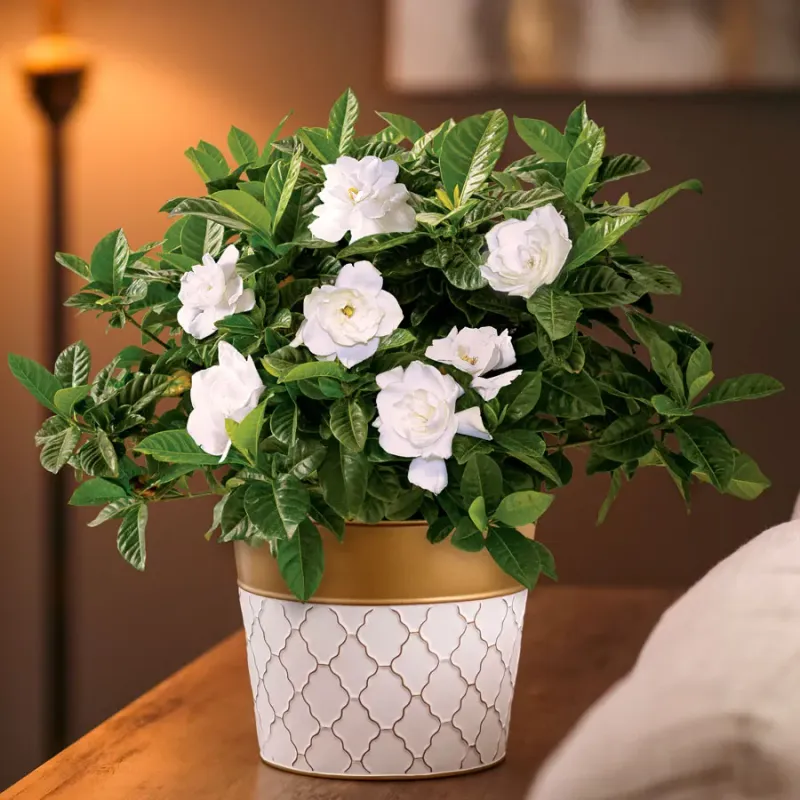
Gardenias, synonymous with elegance, seduce with creamy white blooms and a captivating fragrance. Yet, these beauties are fussy about moisture. Overwatering from sprinklers can spell doom, leading to yellow leaves and weakened growth.
Is beauty worth the effort? Gardenias demand a delicate balance, requiring consistent, but not excessive, moisture. Their high-maintenance nature is rewarded by their exquisite scent and visual appeal.
In Victorian times, gardenias symbolized secret love, a reminder of their enigmatic allure in a garden setting.
Orchids
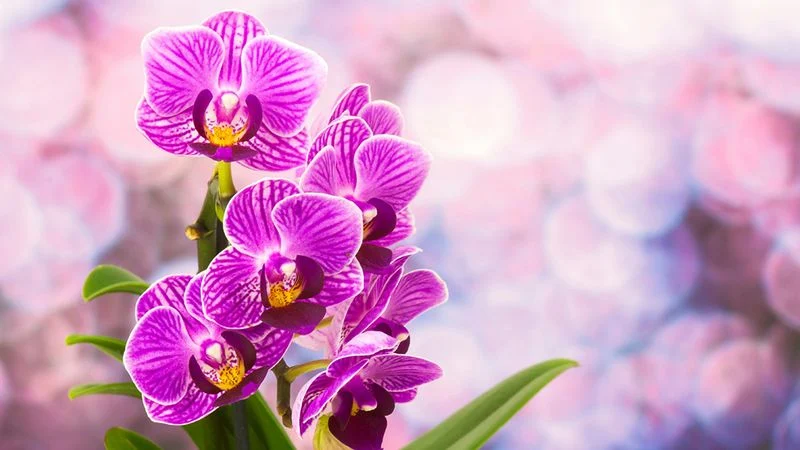
Orchids, with their exotic flowers and intricate patterns, are the jewels of indoor gardening. However, their tropical roots need careful watering. Sprinklers can overwhelm orchids, leading to fungal infections.
Is nurturing these beauties a delicate dance? Indeed, orchids thrive on humidity, not direct watering. A mindful approach ensures longevity and blooms that beguile.
Orchids have been associated with luxury and strength, traits that remind us of their resilience when treated with respect and care.
Begonias
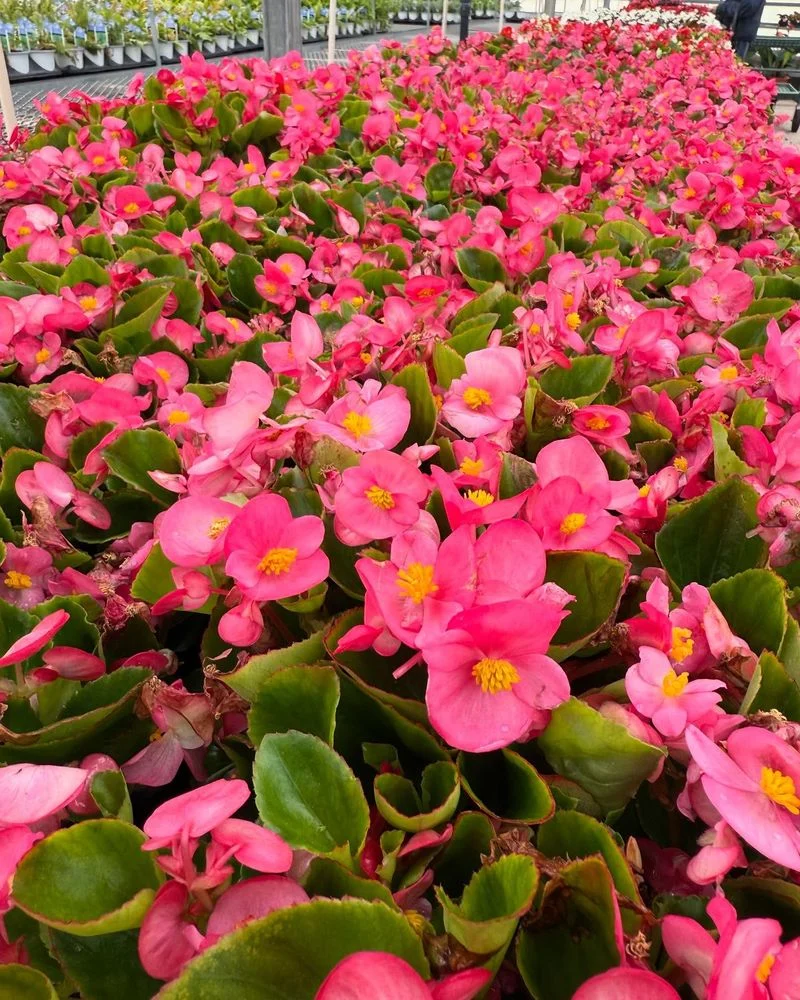
Begonias, with their vibrant hues, add splashes of color to any garden. Despite their hardy appearance, they are sensitive to overwatering. Excess moisture from sprinklers can lead to root rot and mildew.
How can beauty be so fragile? Begonias require well-drained soil, thriving in conditions where water doesn’t linger. Their drama unfolds in the dance of sun and shade, not in incessant rainfall.
Historically, begonias were symbols of caution and individuality, perhaps a nod to their unique needs in the garden ecosystem.
Peonies
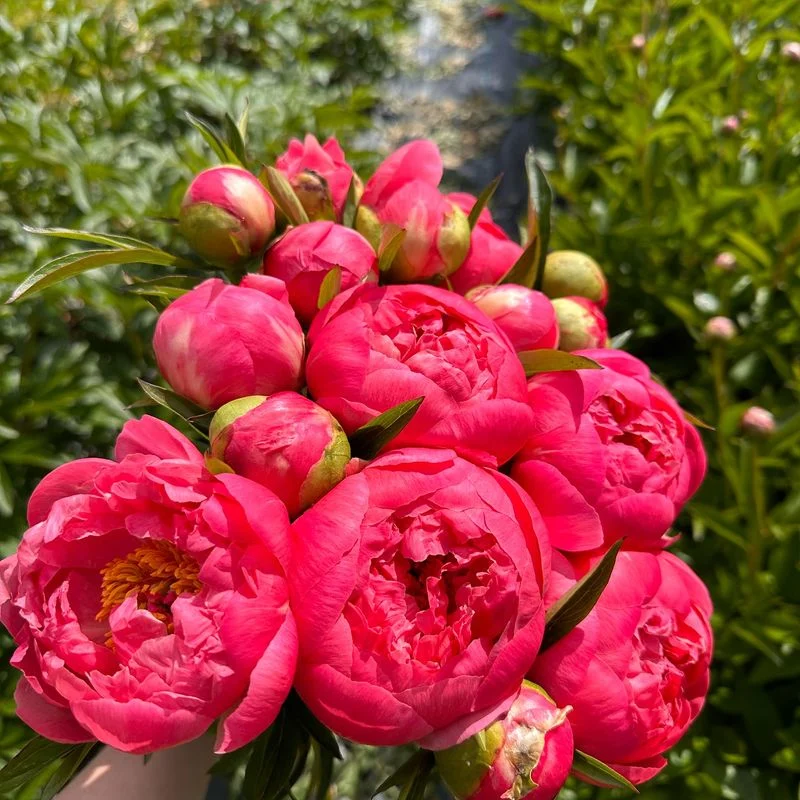
Peonies, beloved for their lush blooms and delightful scent, often steal the show in any garden. However, they are vulnerable to excessive moisture. Sprinklers, with their uniform spray, can lead to botrytis, a fungal disease that ravages their beauty.
Can indulgence lead to ruin? Peonies flourish in well-aerated, sunny locations where water drains freely. Their charm lies in their ability to thrive with minimal intervention.
In Chinese culture, peonies embody prosperity and honor, a fitting tribute to their majestic presence despite their delicate nature.
Fuchsias
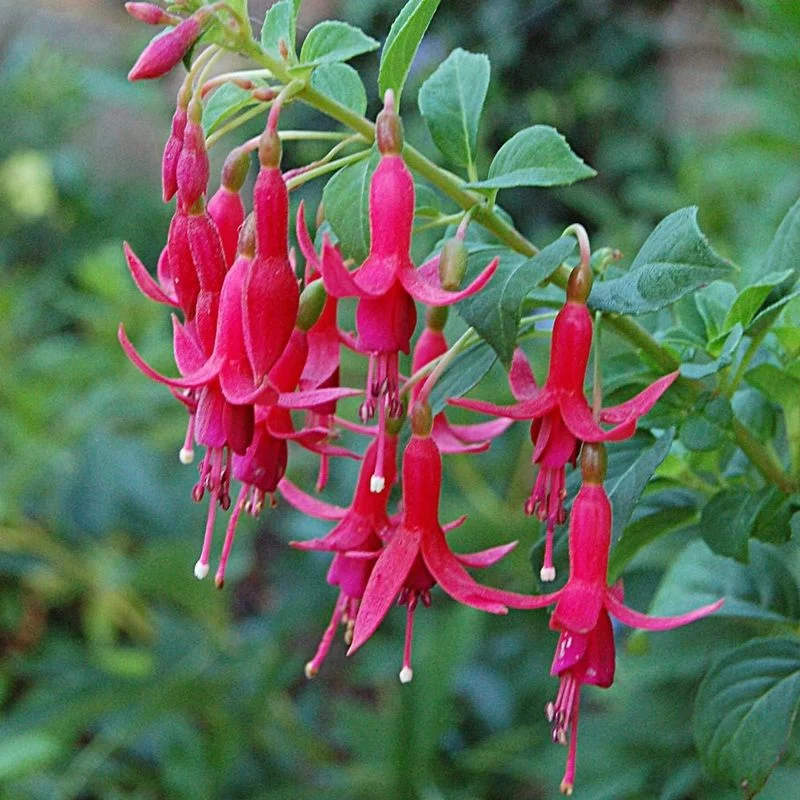
Fuchsias, with their pendulous flowers resembling ballerina skirts, charm with elegance and grace. Yet, these beauties are prone to rot if overwatered. Sprinklers, a seemingly gentle helper, can spell disaster when misused.
Is there grace in restraint? Fuchsias thrive with careful watering, enjoying the shade and cool air that mimic their native habitats. Their vivid colors dance best under a gardener’s watchful eye.
Fuchsias carry a Victorian history of elegance and refined taste, reflecting their sophisticated garden appeal.
Hostas
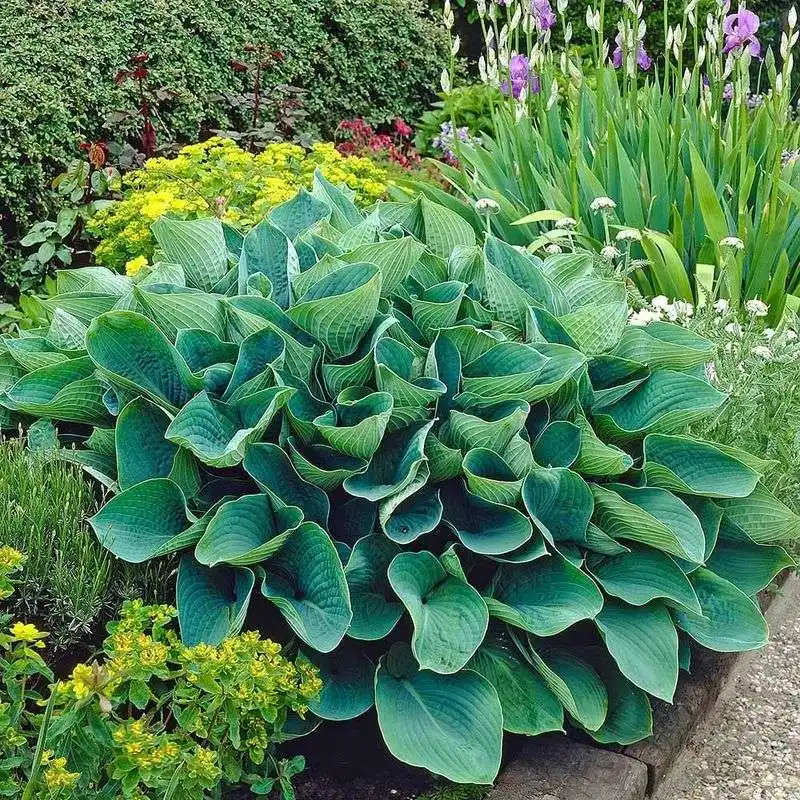
Hostas, known for their lush foliage and adaptability, are a staple in shaded gardens. However, they are not immune to overwatering. Sprinklers can lead to crown rot and other moisture-related diseases.
Can patience preserve their beauty? Hostas require well-drained soil and careful monitoring of moisture levels to maintain their vibrant appearance.
Interestingly, hostas are native to Asia and have become symbols of friendship and devotion, qualities that echo in their reliable garden presence.
Petunias

Petunias, with their cheerful, trumpet-shaped flowers, brighten gardens with ease. Yet, they’re susceptible to root rot if overwatered. Sprinklers, while convenient, can be their downfall.
Could too much nurture be neglect? Petunias flourish with moderation, needing well-drained soil and sunlight to showcase their vibrant colors.
Originating from South America, petunias symbolize anger and resentment, a humorous contrast to their lively blooms that bring joy.
Aloe Vera
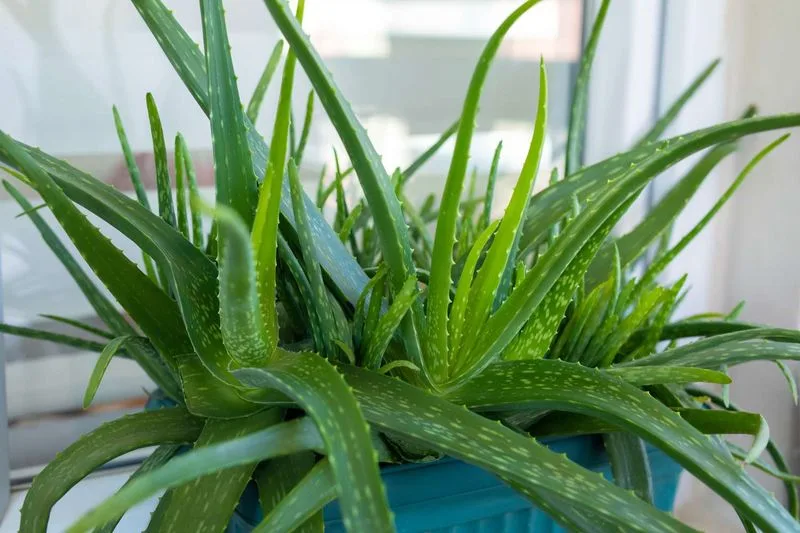
Aloe vera, the soothing plant of legends, is famed for its healing gel. Yet, it’s surprisingly intolerant of excessive moisture. Sprinklers can drown this succulent, leading to root decay.
Can a healer be harmed? Aloe thrives on minimal water, basking in sunlight and dry soil. Its resilience is its strength, needing careful attention to avoid overindulgence.
Aloe vera has been a symbol of health and protection, fitting for a plant that thrives on restraint and simplicity.
Tomatoes
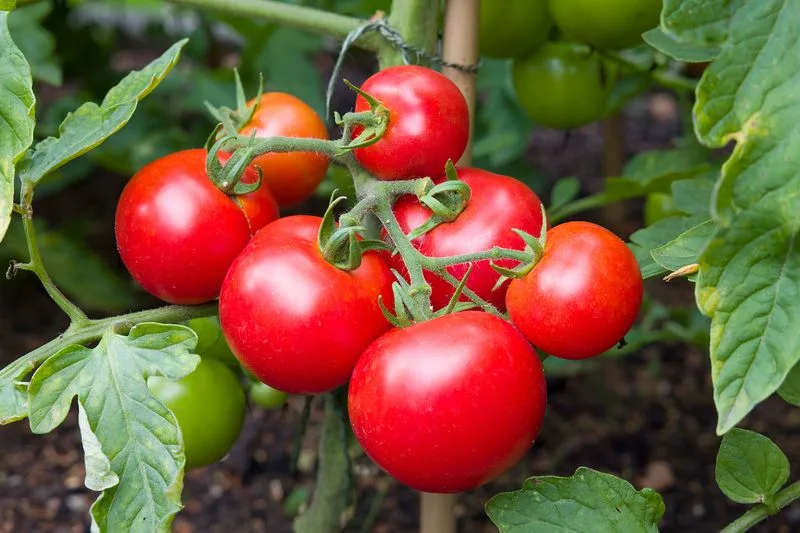
Tomatoes, a gardener’s delight, reward with juicy, flavorful fruit. Yet, they suffer from overwatering, leading to split fruit and disease. Sprinklers, offering uniform watering, can inadvertently cause harm.
Is there sweetness in moderation? Tomatoes thrive with consistent yet cautious watering, needing sun and air circulation for optimal growth.
Fittingly, tomatoes are associated with love and warmth, reminders of the care they need to flourish.
Zinnias

Zinnias, the epitome of summer joy, burst with vibrant colors and ease of growth. However, too much water from sprinklers can lead to powdery mildew and root rot.
Does color fade with carelessness? Zinnias thrive in full sun with well-drained soil, needing little more than occasional watering.
In Mexican culture, zinnias symbolize lasting affection, a fitting tribute to their enduring garden presence.
Dahlias
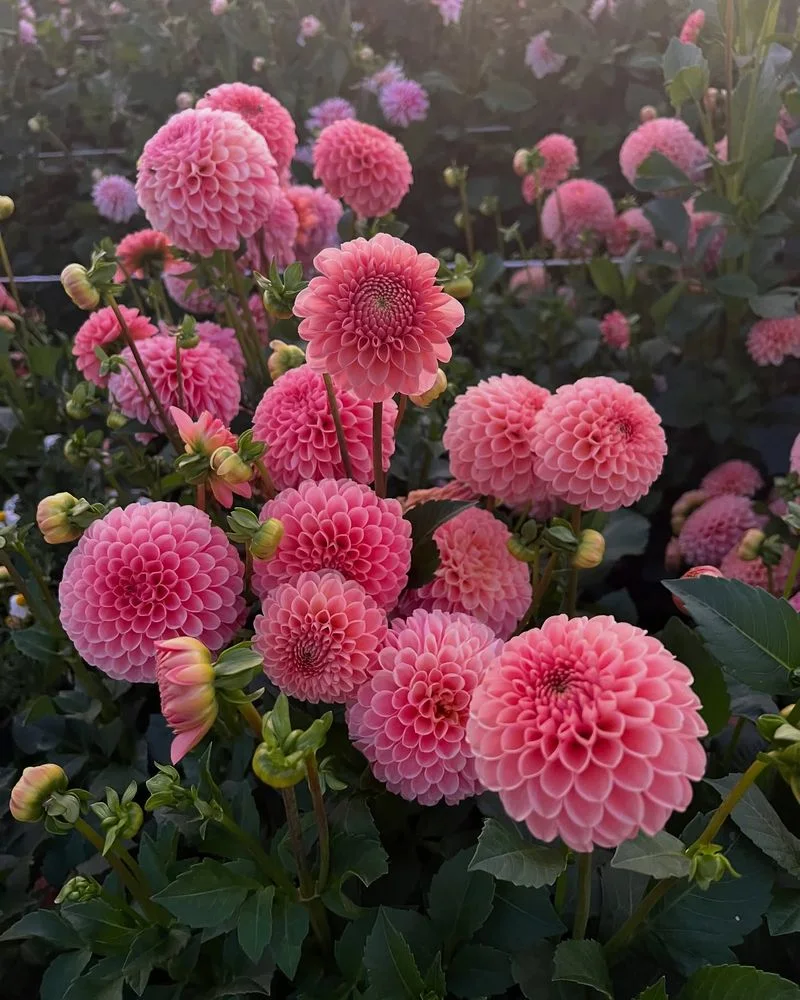
Dahlias, with their intricate blooms and myriad colors, are garden showstoppers. Yet, they are susceptible to overwatering. Sprinklers can lead to tuber rot, threatening their dazzling display.
Can elegance endure excess? Dahlias flourish with careful watering, requiring sun and well-drained soil for their vibrant blooms.
Dahlias symbolize elegance and dignity, reflecting their prominent place in any well-kept garden.
Hydrangeas

Hydrangeas, with their large, round clusters, are beloved for their bold presence. However, they can suffer from root rot and other issues if overwatered by sprinklers.
Can boldness wilt without balance? Hydrangeas enjoy morning sun and afternoon shade, thriving in moist but not waterlogged soil.
Interestingly, hydrangeas symbolize heartfelt emotions, a nod to their dramatic yet tender presence in gardens.
Marigolds
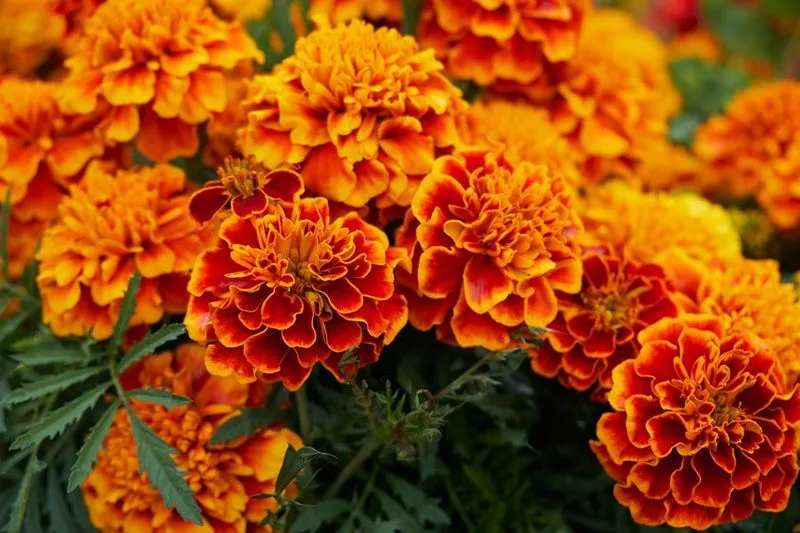
Marigolds, with their cheerful blooms, are garden staples known for pest-repelling properties. Yet, overwatering can lead to root rot and mildew. Sprinklers can inadvertently cause these issues.
Is there strength in simplicity? Marigolds thrive in sun-drenched, well-drained settings, needing minimal water to maintain their vibrant colors.
In many cultures, marigolds symbolize warmth and creativity, fitting traits for these resilient yet delicate flowers.
Geraniums
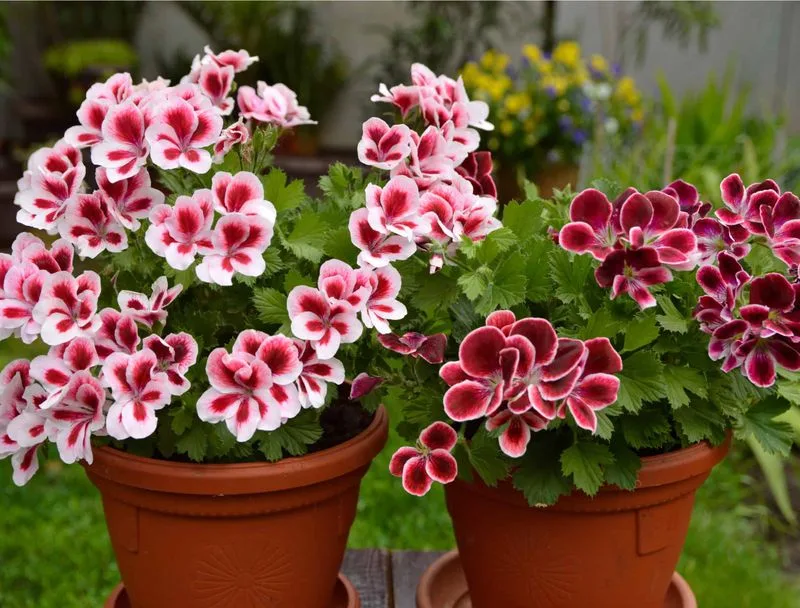
Geraniums, with their cheerful clusters, bring life to any setting. However, these hardy plants are surprisingly susceptible to overwatering, which can lead to root rot and mildew. Sprinklers, with their frequent watering, often contribute to these problems.
Does resilience require restraint? Geraniums prefer dry soil, thriving in sunny spots where water drains freely.
Interestingly, geraniums were once associated with friendship and good wishes, reflecting the joy they bring when nurtured with care.
English Ivy

English Ivy, an evergreen favorite, thrives in shade and requires minimal water. Heavy watering from sprinklers can lead to root rot, making it susceptible to disease.
Imagine this elegant climber, with its glossy leaves, struggling under excess moisture. Sprinklers often deliver more water than needed, disrupting its natural growth rhythm.
Did you know? English Ivy prefers dry conditions to maintain its glossy foliage. So, consider adjusting your watering schedule to protect this charming plant. Providing just the right amount of moisture will keep your English Ivy robust and lush.

